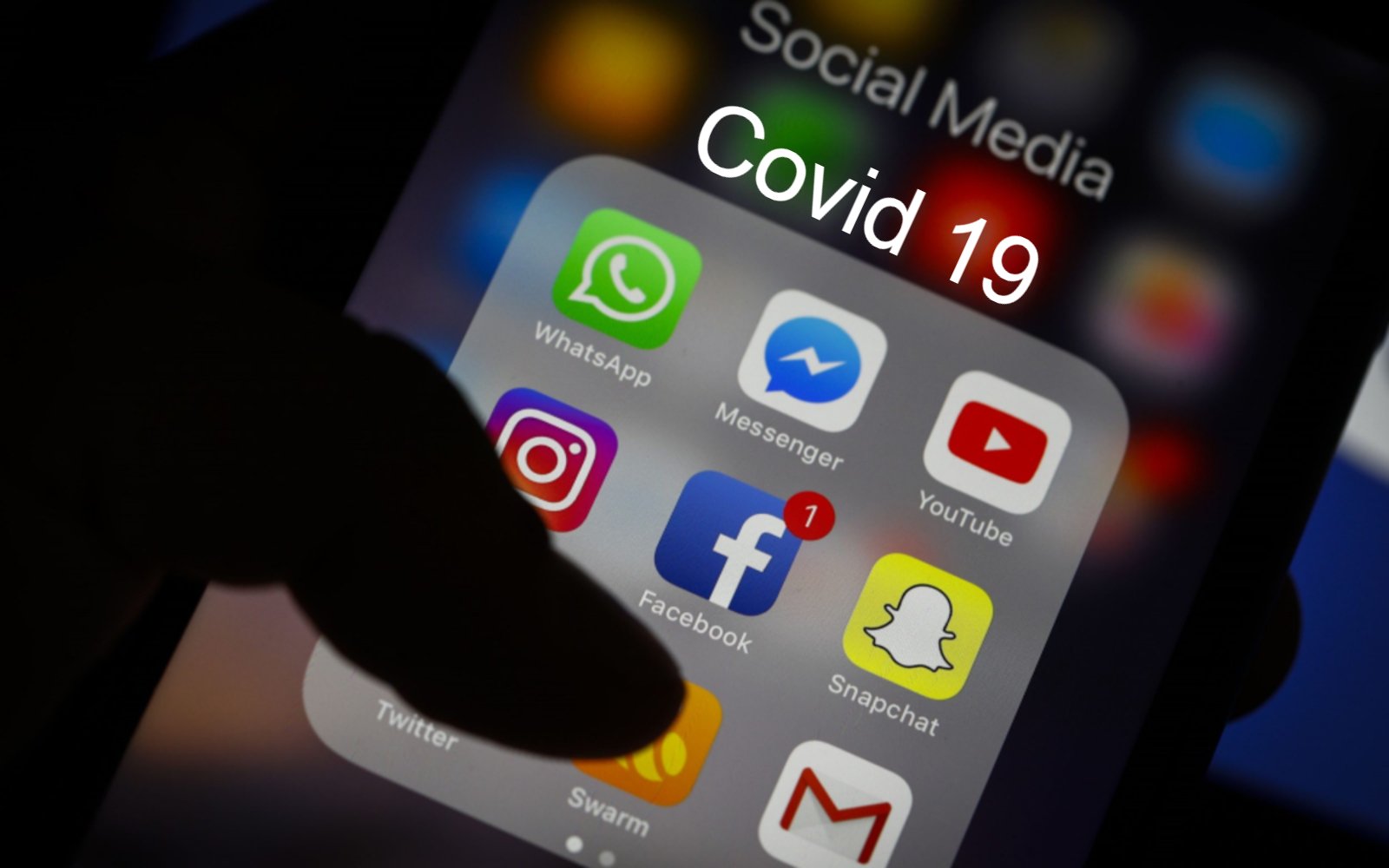Is there life beyond the coronavirus? From an information point of view, the impression is no. News outlets are producing information on just one topic.
Of course, there are exceptions. In America, if police departments are burned, it is a fascinating and clichéd topic. However, such topics come and go, the coronavirus stays with us.
But the media is part of the news today. Social networks generate a much larger amount of information flows, which often creates a parallel reality compared to the traditional press.
What do we have here? Of course, let’s talk only about Armenia. Several large groups have been formed, in fact, let’s try to name a few.
- Young people who lived on Instagram continue to live away from any coronavirus or politics.
Here live the people who were not even stopped by the two-month-long quarantine. They had so many photos from the archives of carefree life that they quietly took advantage of the strategic resources and continued to live the same life as before the coronavirus.
2․ The newest, freshest, fastest-growing and least studied community in Tik-Tok.
The most hardworking people live here, who can prepare for hours to shoot a 15-second video, involve the whole family, take a special trip to Grandma’s house, burn their own barn, just to get something nice and finally #rec (if you didn’t understand at the last part, maybe it’s your personal, little happiness).
Այստեղ կան բազմաթիվ մարդիկ, որոնք համոզված են, թե COVID-19-ը անցյալ տարվա ինչ-որ հիանալի ավտոմեքենա է կամ թույն մաշնա՝ կախված վերջին ավարտած դասարանից։
- Facebook and YouTube, vol 1․ In a sense, it is possible to unite these.
There are young people on YouTube who are more close to Instagram or the same Tik-Tok, there are various pranksters, food bloggers, travel bloggers (let’s respect their endurance and memory at the same time with a moment of silence). There are similar types of young people on Facebook.
4․ Facebook and YouTube, vol 2. We are entering a serious field here. This is where the coronavirus starts. Also the differentiation in the brain.
This section, in turn, has many subdivisions.
And so:
- Simply worried about the coronavirus. This is the majority. People who just look at how many people have been infected in Armenia every day at 11 o’clock, what is happening in the United States, Russia, what the doctors say, and so on. And then they discuss, analyze, criticize, get angry, and so on.
b․ Drowned in politics. cooperative or opposition people who can’t pull themselves away from the political pages.
But since the coronavirus is of interest to the inhabitants of subdivision “a” and they are the majority and are very important for the survival of these people, thus all political intrigues are packaged with the coronavirus so that the people from subdivision “a” get a bite out of that sandwich.
- Sleuths that discover dark moments and illuminate them at all levels, from the dark forces standing in the doorway to the strange creaking door, to Bill Gates and 5G stations (let’s just mention that they don’t exist in Armenia).
d․ Our Diaspora Armenian users living next to the Republican, living in the USA, who love Trump, living in Russia, who love Putin.
Which, in a rather similar style, but from the opposite point of view, reveals what the representatives of point “c” failed to reveal.
And last but not least, the residents of Twitter, who tell everyone that they do not leave Twitter, but actually carefully read and look at the screenshots from the residents of all other subdivisions.
And he happily starts their morning by making fun of all the rest.
Samvel Martirosyan







